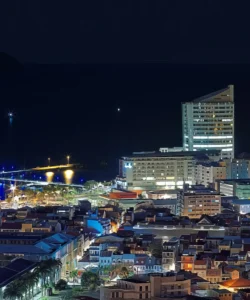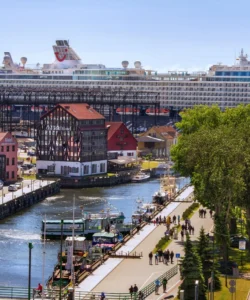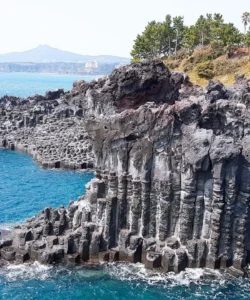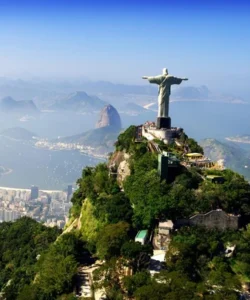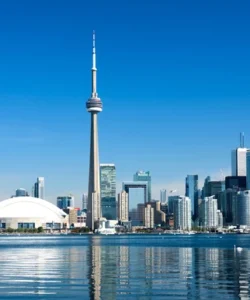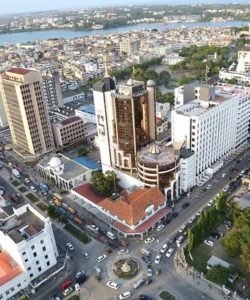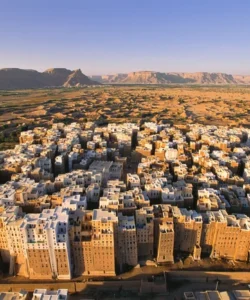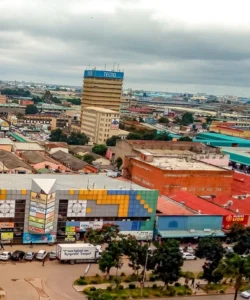Navassa Island is a small, uninhabited island in the Caribbean Sea, located in the Windward Passage between Haiti and Jamaica. It is administered by the U.S. Fish and Wildlife Service as a National Wildlife Refuge, though Haiti disputes the United States’ claim.
![]()
Here’s a comprehensive overview:
- Area: Approximately 5.2 km² (2 sq mi).
- Population: 0 (uninhabited). There are no permanent residents. Access is strictly controlled and generally limited to scientific researchers.
- Language: As it’s uninhabited, there is no official or commonly spoken language. Any communication would be in English for U.S. government personnel or Haitian Creole by transient Haitian fishermen who sometimes visit the island.
- Currency: United States Dollar (USD), as it is U.S. administered. However, there is no economic activity.
- Religion: None. As it is uninhabited, there is no resident religious community.
- Capital: None. There is no human settlement or government infrastructure.
- Major Cities/Towns: None. The only named place historically associated with it is “Lulu Town,” a former phosphate mining camp, but it’s long abandoned.
Attractions & Wonders:
Navassa is not a tourist destination. Its “attractions” are purely natural and scientific.
- Remote and Pristine Ecosystem: The island is considered a unique preserve of Caribbean biodiversity, with exposed coral and limestone plateau, some grassland, fig-like trees, and scattered cactus. It’s an important habitat for seabirds and reptiles.
- Navassa Island Light (Lighthouse): A 46-meter (50 yd) tall lighthouse was built in 1917, though the Coast Guard ceased operations and maintenance in 1996. It stands as a historical relic.
- Dramatic Cliffs: The island is ringed by vertical white cliffs, typically 9 to 15 meters (30 to 50 ft) high, making access challenging.
- Guano Mining History: The island was claimed by the U.S. in 1857 under the Guano Islands Act, and phosphate mining took place between 1865 and 1898. Remains of this period can still be found.
Architecture:
- The primary “architecture” consists of the abandoned structures from the guano mining era and the Navassa Island Light. These are rudimentary and functional, reflecting their industrial and navigational purposes, now in a state of decay. There are no modern buildings or permanent structures.
Roads:
- There are no public roads on Navassa Island. Any pathways are rough tracks used for historical mining operations or by researchers. Access to the island itself is hazardous, with no airstrip or harbor, only an offshore anchorage.
Hotels & Restaurants:
- There are no hotels or public restaurants on Navassa Island. It is strictly closed to the public, and visitors need special permission from the U.S. Fish and Wildlife Service, which is rarely granted. Any temporary stays are by scientific expeditions.
Cuisine:
- There is no indigenous cuisine or culinary scene on Navassa Island due to its uninhabited nature. Any food consumed on the island would be brought in by temporary visitors or researchers. Historically, Haitian fishermen might set up temporary camps, and their meals would reflect Haitian cuisine.














